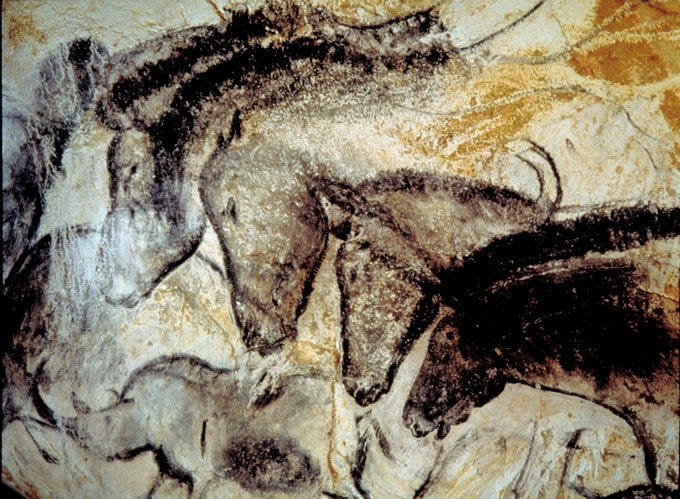36,000 Year Old Artistic Masterpieces
Before Michelangelo and Leonardo there were the artists of prehistoric France
36,000 years ago, deep within a limestone cave in France, humans created art that continues to wow us today. Mammoths, cave lions, and woolly rhinos leap from the walls of Chauvet Cave, capturing the essence of an ancient world.
These paintings are a timeless window into the imagination of Ice Age visionaries.
Discovery That Changed History
Discovered in …



